The night was stormy with a thrashing wind and a splattering of raindrops. I was happy to be in my cosy home. The morning brought calmer weather and a baboon troop that watched me curiously from the granite boulders as I packed up my things.
My first stop was in Aus to fill up with petrol and stock up on padkos (road-food). Fifty kilometres further on, I stopped at Kuibis restaurant, situated on a sheep and cattle farm, for some of their homemade ginger-beer. (Others may have preferred their biltong, koeksisters or koekie
I wanted to do a bit of exploring in Bethanie en-route to Keetmanshoop and drove the extra 30km to visit the 1899 klipkerk (rock church) and the Schmelenhaus, built in 1814. Bethanie has a long history of both missionaries and Nama leaders (the main street is even called Chief C Fredericks Ave).
A schoolgirl linked up with me and accompanied me on my search for the old sites in the sleepy town (even sleepier on a Sunday afternoon). “They’re ugly!” she exclaimed when she saw the photos of the missionaries in the Schmelenhaus, mirroring my sentiments exactly. She introduced me to the pastor who was kind enough to open the old church. The peace of over a century of prayer wafted through the air and up into the high ceiling.
Several people were waiting by the road for a lift home after attending a funeral on a nearby farm and I gave two Sarahs, Sarah Goliath and Sara Williams, a lift. We chatted about Nama traditions and shared stories of the south, those of the giant snake that formed the Fish River Canyon, Nadiep – who was the most wanted man in southern Namibia - and Agnes Hill whose fiancé died in the desert on the way to their wedding in Keetmanshoop. We spoke about the man, Keetman, who donated money for the building of the church and after whom the town was named. (The church building is now the Keetmans museum, which I would visit the next morning.) Sarah Goliath shared her own story, the origin of her mother’s name ‘Trek’ or ‘Doës’ in Nama. Her grandparents were on the way from Dawibsaid in the Berseba area to Aroab near Keetmanshoop when her mother was born, hence her strange name. We were all laughing by the time I dropped them off in Keetmans and (once again) raced the sinking red sun to the quiver trees.
It beat me this time around and away from the luxury of the lodges for the night, I made camp (forsaking my little tent, deciding the interior of my car would best protect me from the cold wind) and two-minute noodles by the light of my head-torch and tried to stay awake later than 8pm. It wasn’t long before my sleeping bag called and the half-moon watched me curl up from above.
Ron Swilling is a freelance writer, based in Cape Town, writing for Namibian and South African publications. She is a regular contributor to Gondwana’s History and Stamps&Stories columns and documented the intriguing information of the Wild Horses in Namibia for Mannfred Goldbeck and Telané Greyling. She invites you to ‘Follow her footsteps’ on her journey from the Orange River, exploring the Gondwana routes through the intriguing country of Namibia.

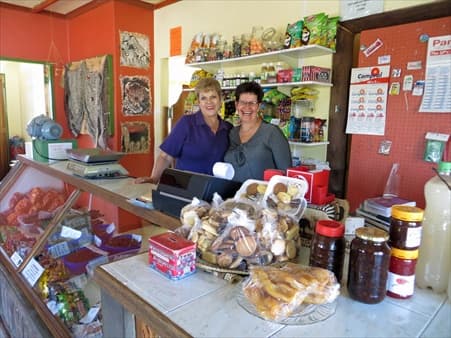
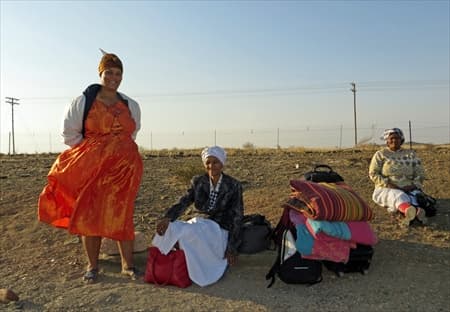
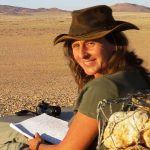
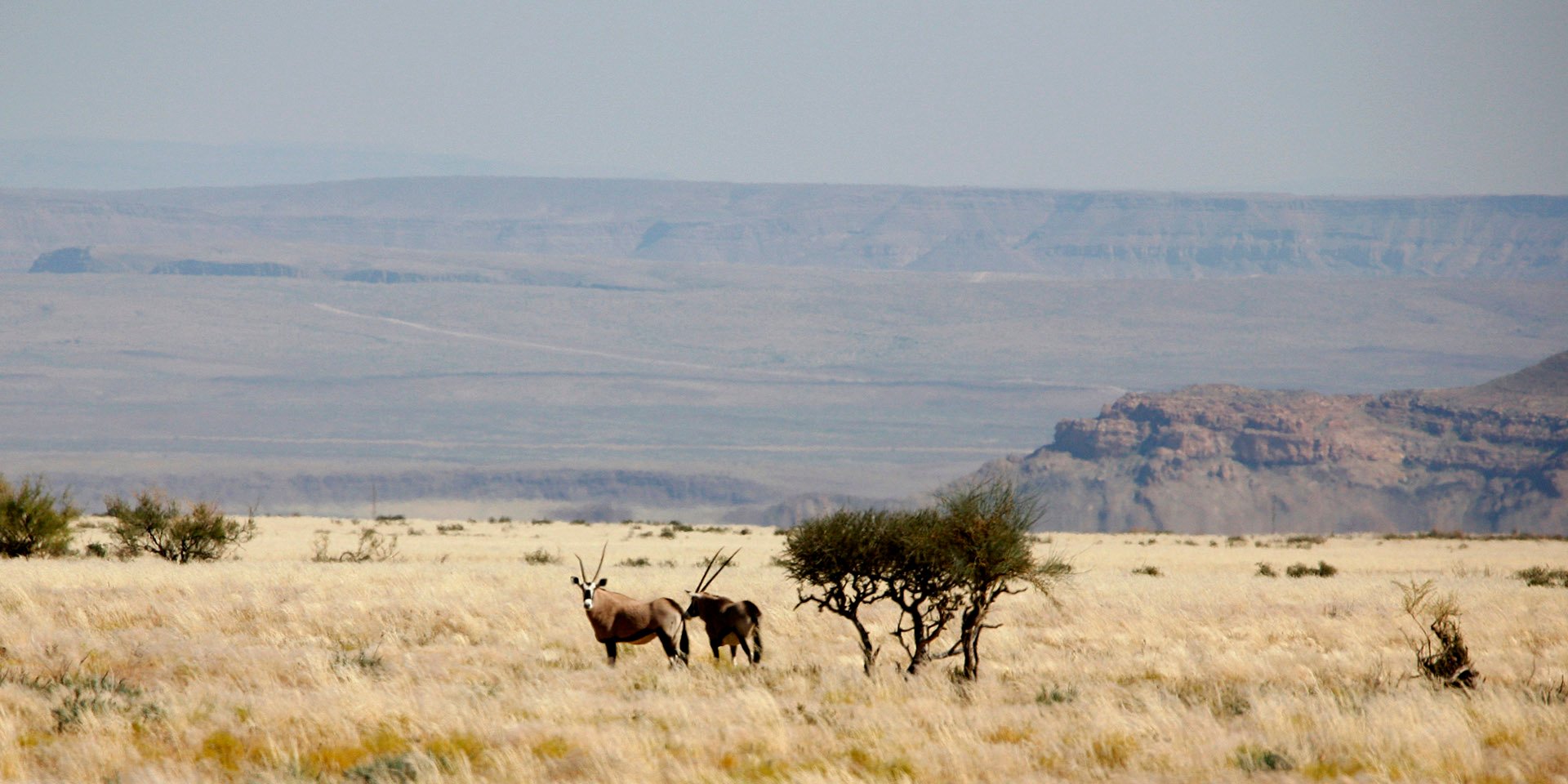
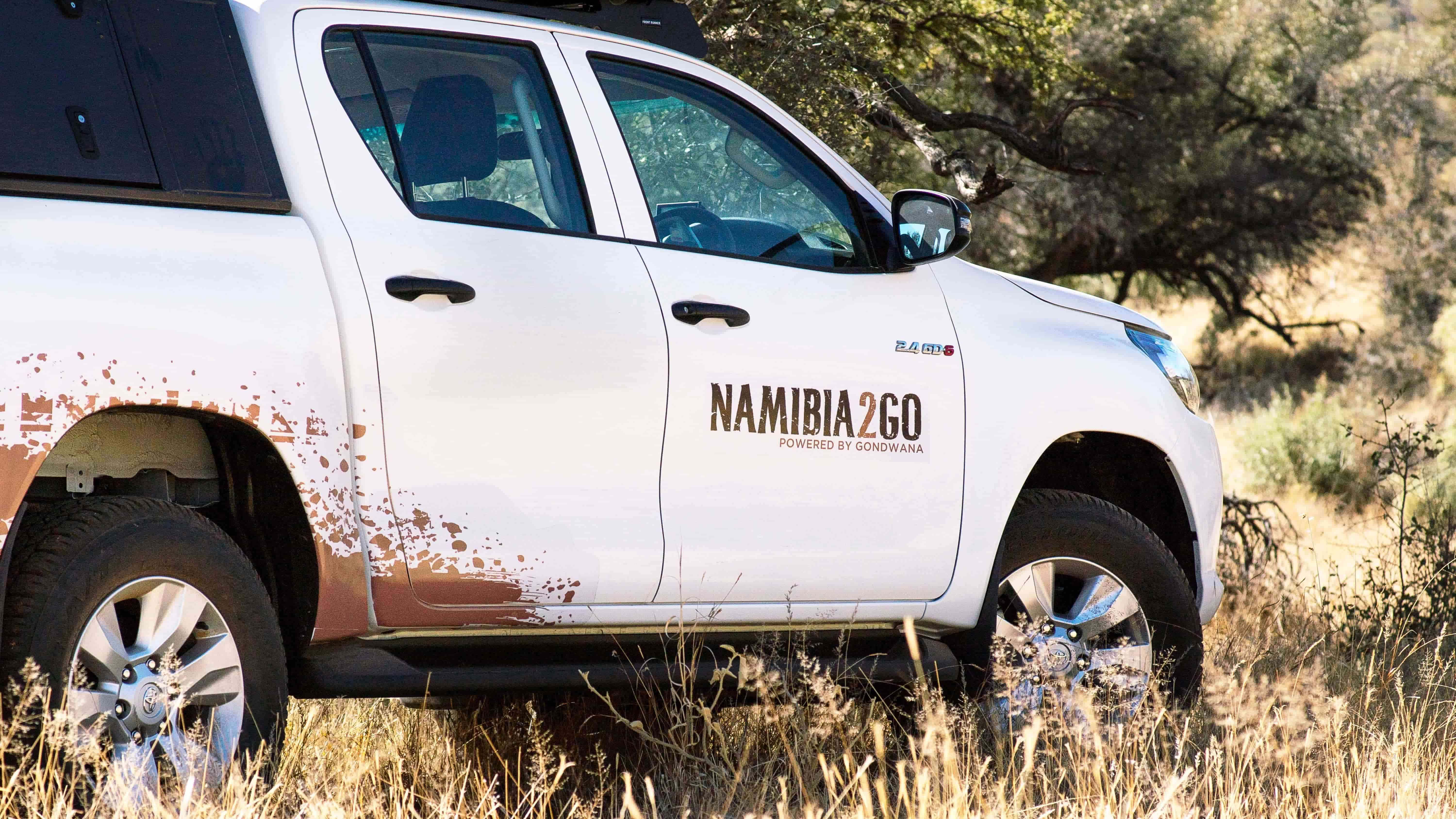


SUBMIT YOUR COMMENT